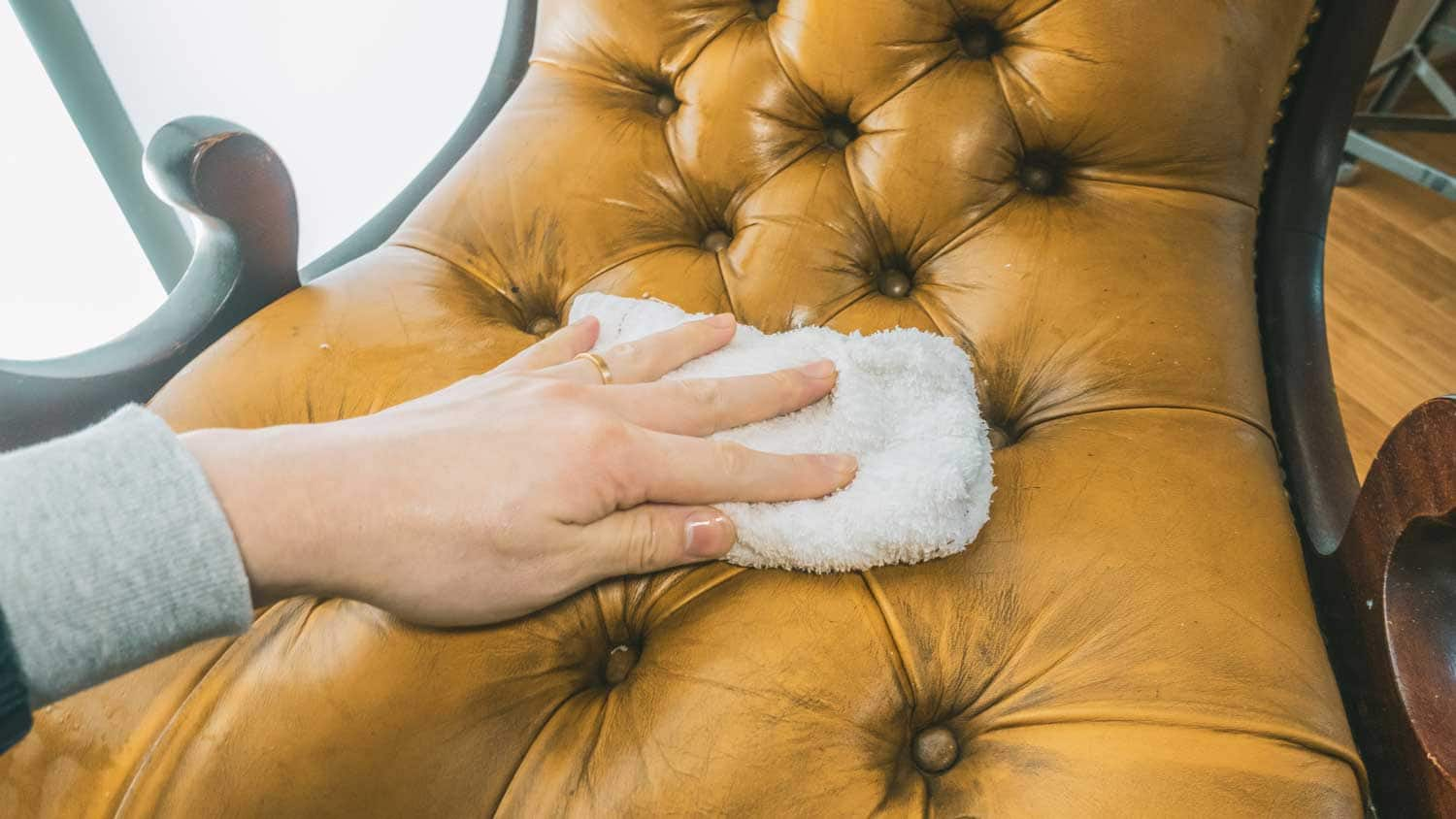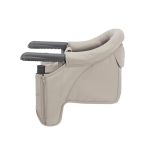I. Introduction: The Importance of Upholstery Care
A well-maintained upholstered chair not only enhances the aesthetic appeal of your living space but also extends the lifespan of the furniture piece. Regular cleaning is crucial to prevent the accumulation of dirt, stains, and odors that can deteriorate the fabric and padding over time. This masterclass aims to guide you through a comprehensive step-by-step process to revive your upholstered chair, restoring it to its former glory and ensuring it remains a cherished part of your home for years to come.
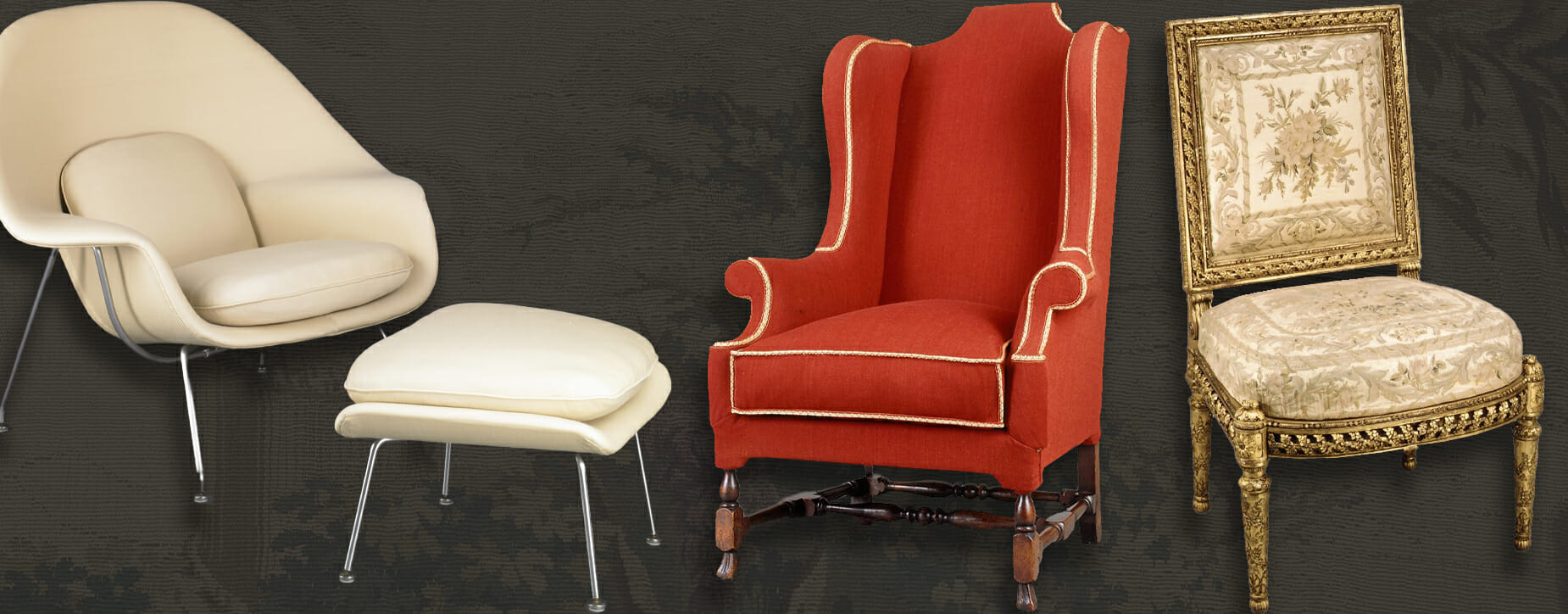
II. Pre-Cleaning Assessment and Preparation
Before diving into the cleaning process, it’s essential to assess the condition of your upholstered chair and prepare accordingly.
A. Material Identification
Identify the type of fabric used on your chair. Check the manufacturer’s label or consult the furniture’s documentation to determine if it’s made of natural fibers (such as cotton, wool, or silk), synthetic materials (such as polyester, nylon, or microfiber), or a blend. This information will dictate the appropriate cleaning methods and products to use, as some fabrics may require gentle care or specialized treatments.
B. Spot Testing
Perform a spot test in an inconspicuous area to ensure that the chosen cleaning solution won’t damage the fabric or cause color bleeding. Apply a small amount of the cleaner, let it sit for a few minutes, then blot with a clean, white cloth. If there’s no discoloration or fabric damage, proceed with cleaning.
C. Vacuuming and Dust Removal
Use a soft-bristled brush attachment on your vacuum cleaner to gently remove loose dust and debris from the chair’s surface, paying extra attention to crevices, seams, and tufted areas. This preliminary step helps prevent abrasive particles from being rubbed into the fabric during cleaning.
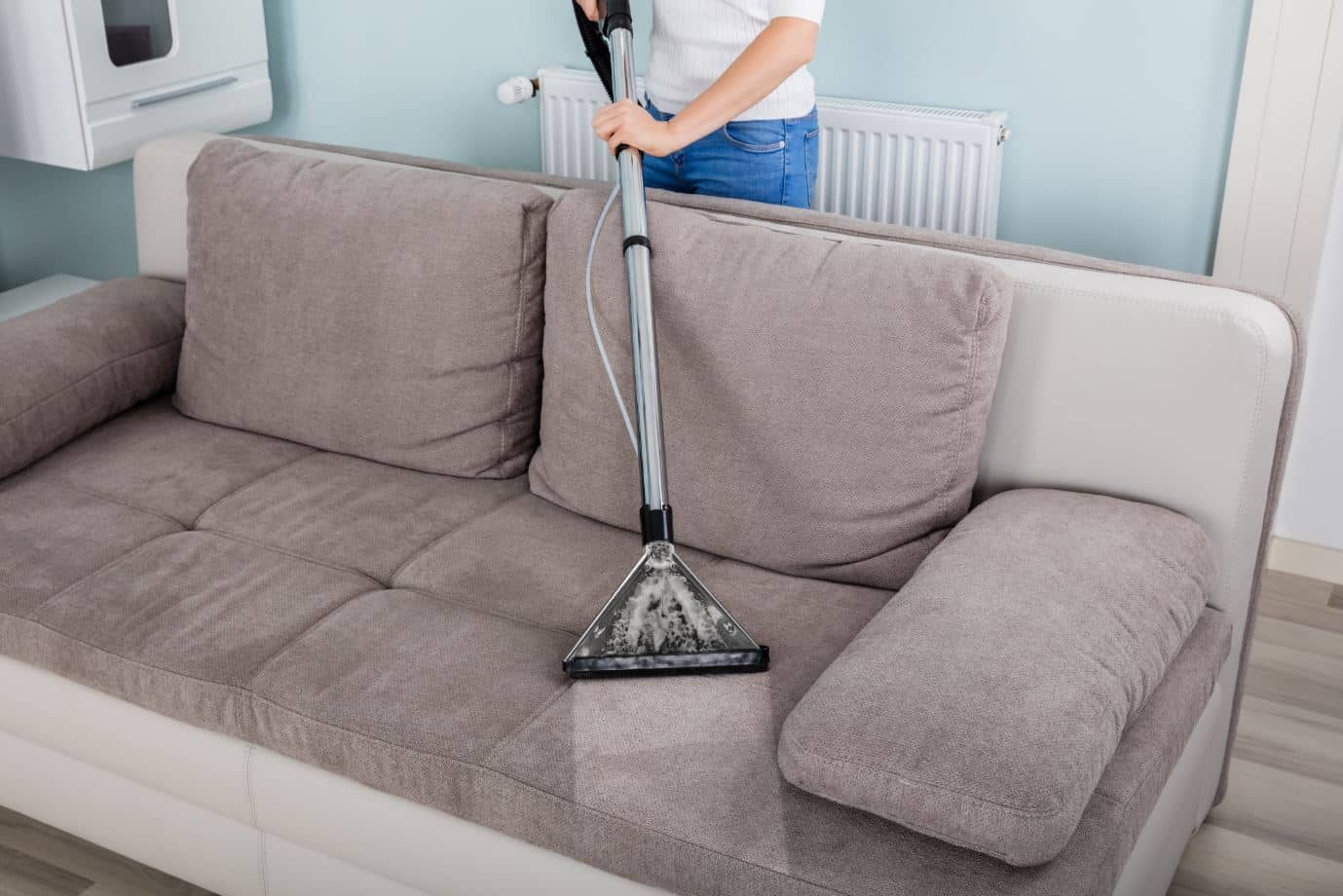
III. Stain Treatment: Targeted Approaches for Various Stains
Addressing stains promptly and effectively is vital to prevent them from setting into the fabric permanently. Here are some targeted approaches for common stain types:
A. Water-based Stains (e.g., coffee, tea, juice)
Blot the stain with a clean, damp cloth to absorb as much liquid as possible. Mix a mild detergent solution (following the manufacturer’s instructions) and apply it directly to the stain, gently working it in using a soft-bristled brush. Blot with a clean cloth until the stain lifts, then rinse with a damp cloth and allow the area to air dry.
B. Oil-based Stains (e.g., grease, makeup)
Cover the stain with an absorbent powder such as cornstarch or baking soda, letting it sit for at least 30 minutes to draw out the oil. Gently brush away the powder, then treat any remaining stain with a commercial upholstery cleaner specifically designed for oil-based stains, following the product instructions.
C. Ink or Dye-based Stains
Apply rubbing alcohol to a cotton ball or soft cloth and gently dab at the stain, working from the outer edges toward the center to prevent it from spreading. Continue until the stain disappears, then blot the area with a clean, damp cloth to remove any residue and allow it to air dry.
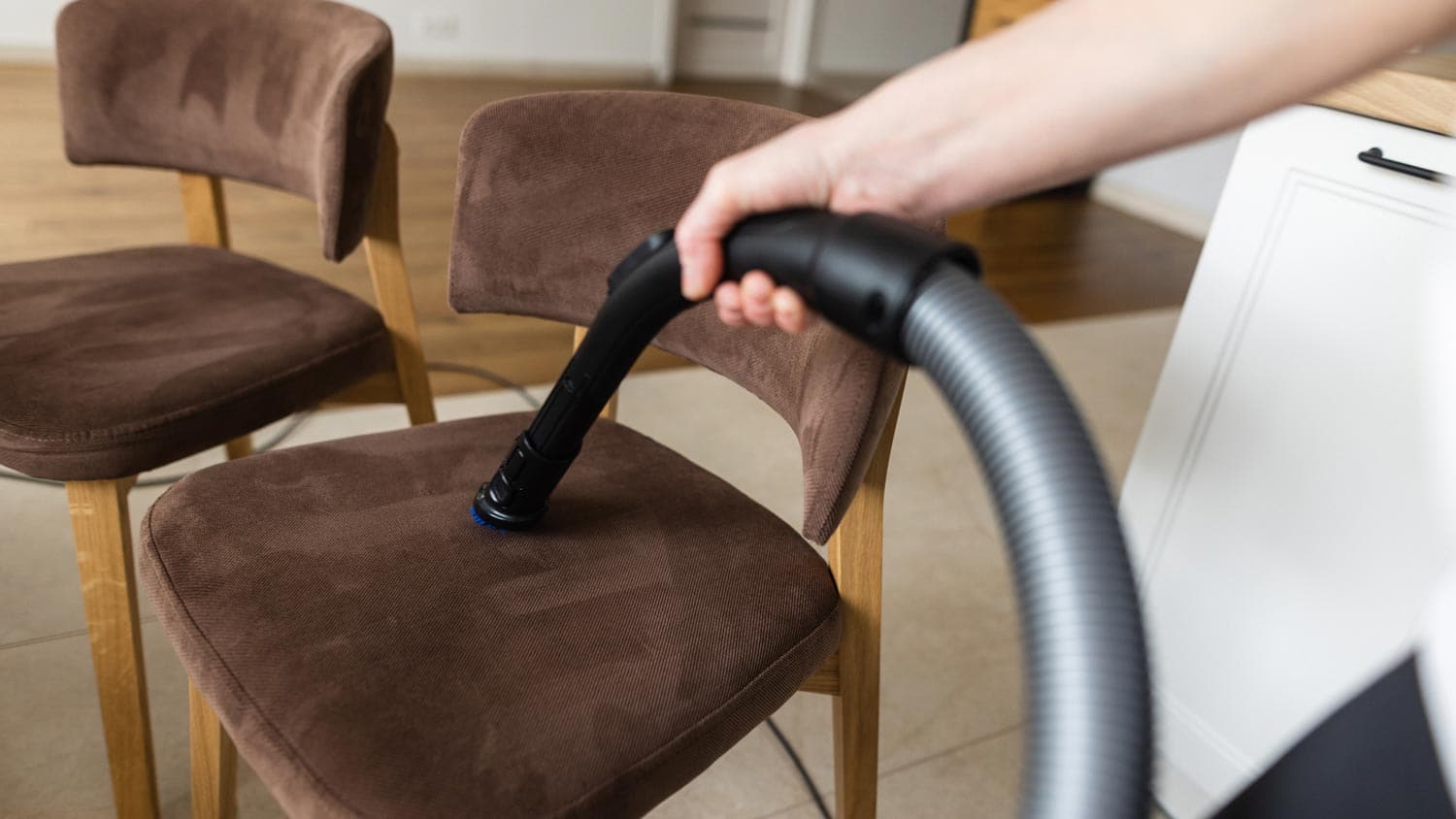
IV. Deep Cleaning: Steam or Dry Cleaning
For a thorough clean, consider either steam cleaning or dry cleaning your upholstered chair, depending on the fabric type and manufacturer’s recommendations.
A. Steam Cleaning
Steam cleaning utilizes hot water vapor to penetrate deep into the fabric, dislodging dirt and grime. Rent or purchase a professional-grade upholstery steam cleaner, following the manufacturer’s instructions for use. Apply the cleaning solution, agitate the fabric with the machine’s attachment, then extract the dirty water. Allow the chair to air dry completely before using it again.
B. Dry Cleaning
If your chair’s fabric requires delicate care or cannot withstand moisture, opt for dry cleaning. Purchase a dry-cleaning solvent specifically designed for upholstery, applying it according to the product instructions. Use a soft-bristled brush to work the solvent into the fabric, then allow it to dwell for the recommended time before blotting away the dissolved dirt with a clean, dry cloth.
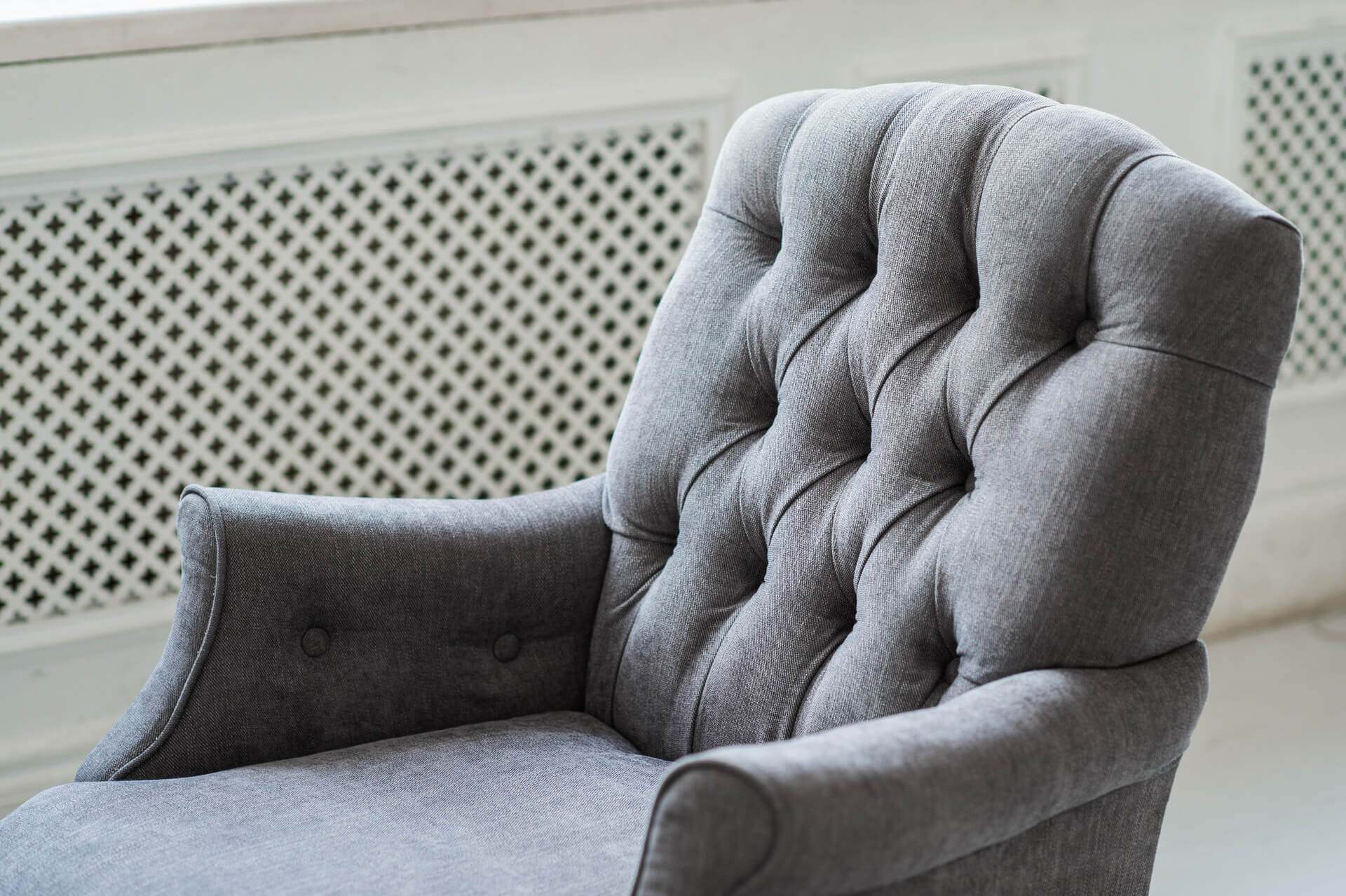
V. Odor Elimination and Sanitization
In addition to cleaning, addressing unpleasant odors and sanitizing your upholstered chair can further enhance its freshness and appeal.
A. Deodorizing
Sprinkle baking soda over the chair’s surface, allowing it to sit for several hours or overnight to absorb odors. Vacuum the baking soda thoroughly, ensuring none remains trapped in the fabric.
B. Sanitizing
For added sanitization, use an upholstery-safe disinfectant spray or create a solution of equal parts water and vinegar. Spray the solution lightly onto the chair’s surface, avoiding oversaturation. Let it air dry completely.
VI. Post-Cleaning Maintenance and Protection
To maintain the cleanliness and longevity of your revived upholstered chair, adopt these post-cleaning practices:
A. Regular Vacuuming and Dusting
Schedule weekly or bi-weekly vacuuming sessions to keep dirt and dust at bay. Use a soft-bristled brush attachment and pay special attention to crevices and hard-to-reach areas.
B. Prompt Stain Treatment
Act quickly when spills or stains occur, following the targeted treatment methods outlined earlier.
C. Sunlight and Heat Protection
Avoid placing your upholstered chair in direct sunlight or near heat sources, as prolonged exposure can cause fading, discoloration, and fabric deterioration.
D. Professional Cleaning
Consider having your upholstered chair professionally cleaned every one to two years, depending on usage and manufacturer recommendations, to ensure deep-seated dirt and stains are removed effectively.

VII. Revive, Restore, and Enjoy
By following this step-by-step cleaning masterclass, you can effectively revive your upholstered chair, restoring its original beauty and extending its lifespan. Regular maintenance, prompt stain treatment, and periodic deep cleaning will help preserve your cherished piece of furniture, ensuring it remains a comfortable and stylish focal point in your home for years to come.
VIII. Additional Tips and Tricks for Upholstery Care
A. Rotate Cushions and Fluff Regularly To promote even wear and prevent sagging, rotate seat and back cushions periodically. Additionally, fluff the cushions daily or after each use to maintain their shape and prevent compression.
B. Use Protective Covers and Treatments Invest in high-quality, washable slipcovers or protective sprays designed for upholstery. Slipcovers can be easily removed and laundered, while protective sprays create an invisible barrier against stains and spills, giving you more time to address accidents before they become permanent.
C. Mindful Usage Habits Encourage household members and guests to adopt mindful habits when using upholstered furniture. Avoid eating or drinking on the chair, and place coasters or protective pads under beverages and hot dishes to prevent heat or moisture damage. Additionally, discourage pets from climbing or scratching on the upholstery, as their claws can cause damage and leave behind hair and odors.
